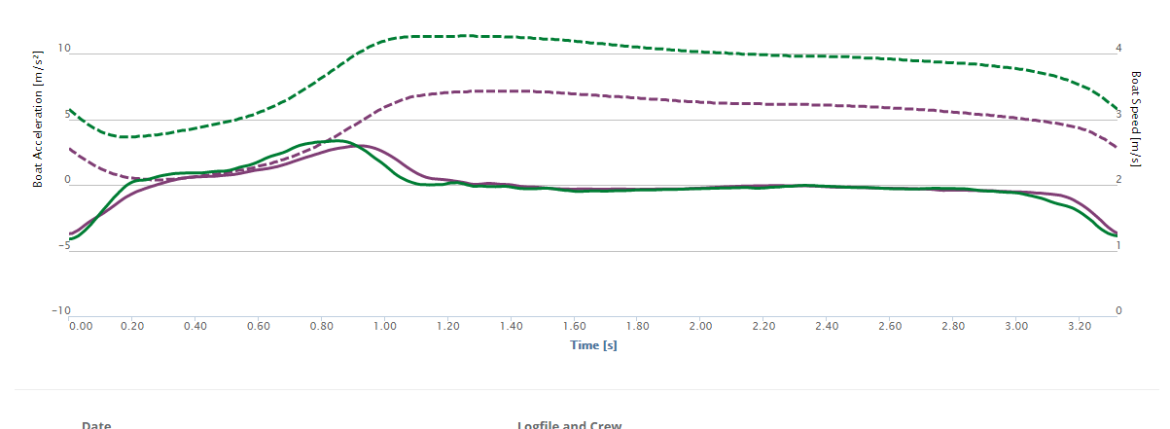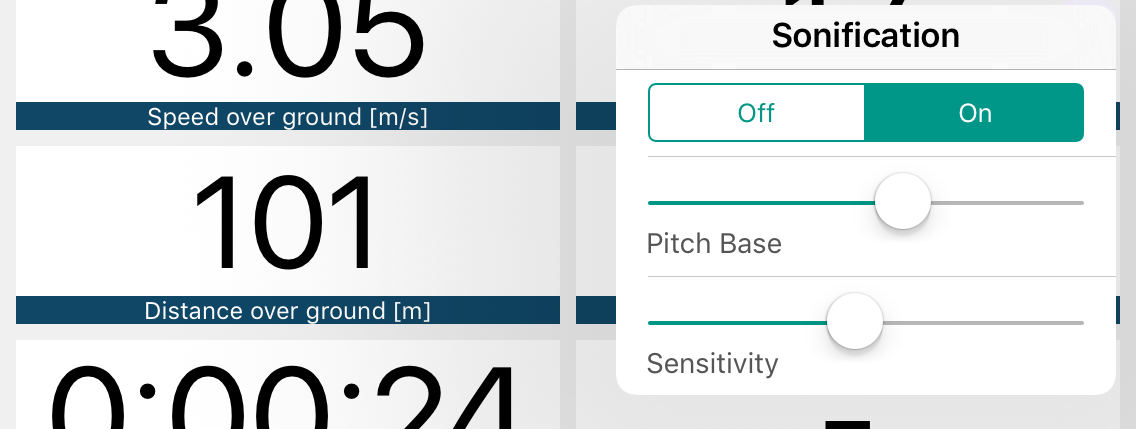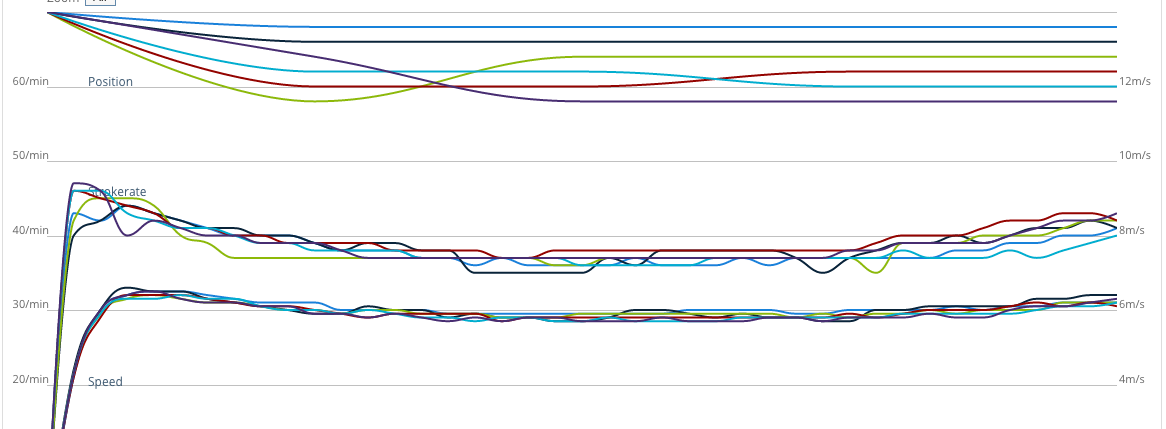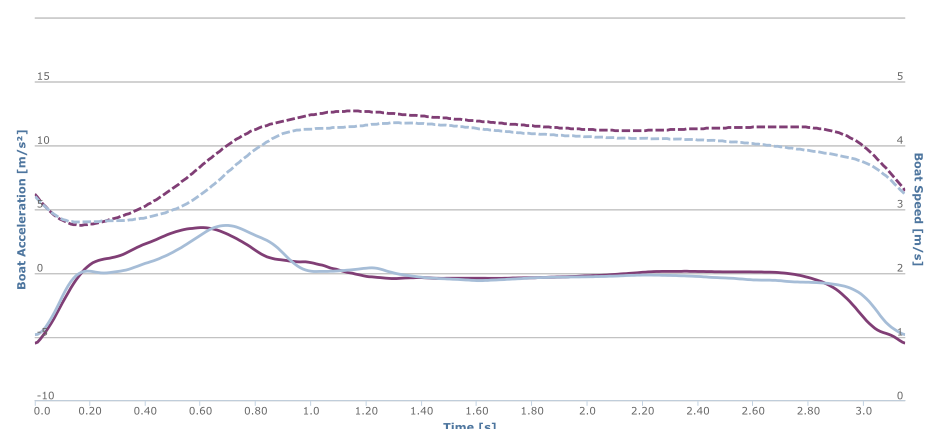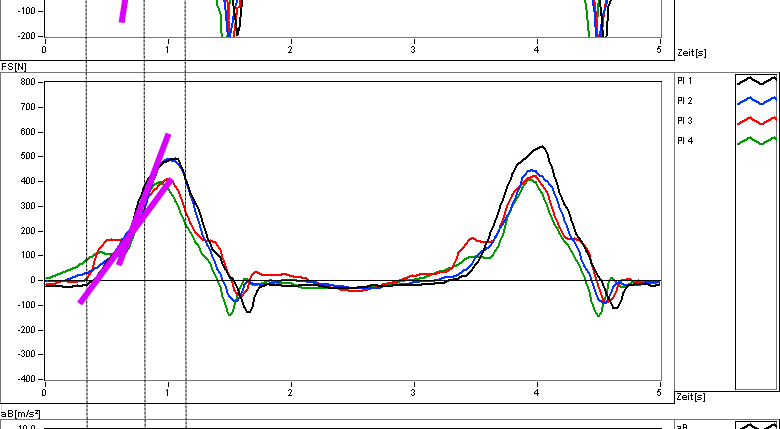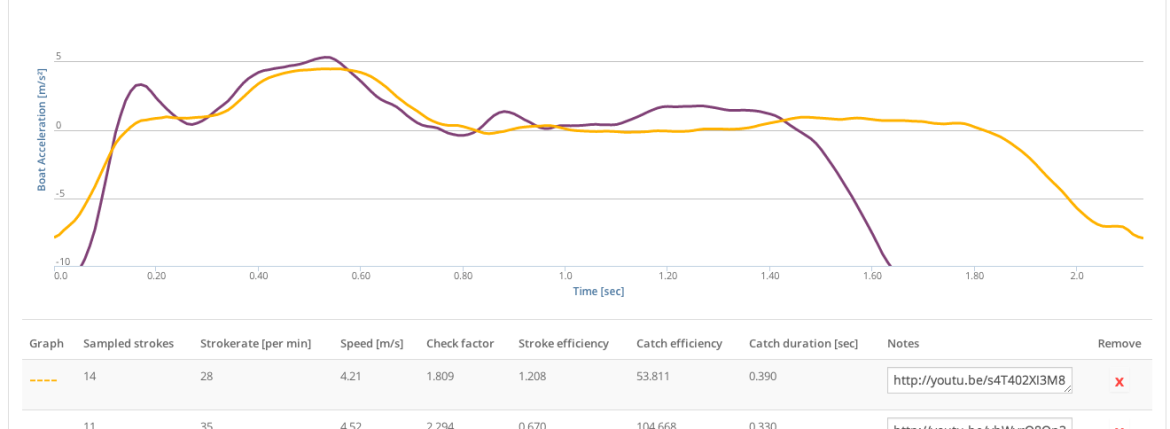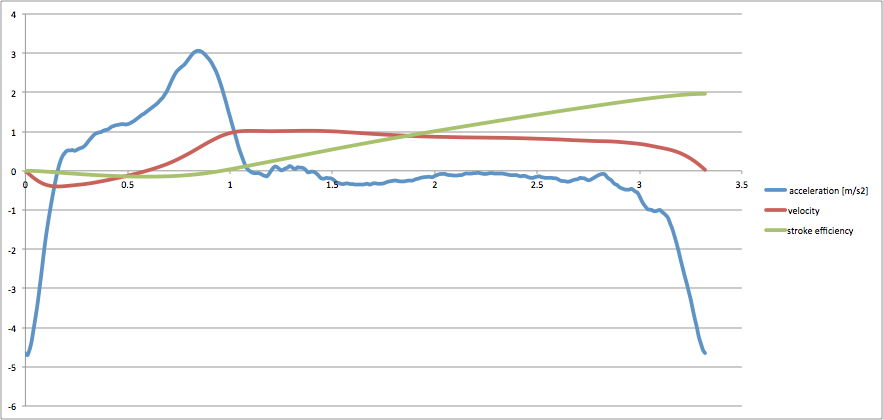Category: Improve your Rowing Stroke
Changing Habits – Changing your Signature Stroke
“Crews have a signature rowing stroke” If you’ve been rowing for a couple of years, I’m sure you’ve heard this quote in one way or another. Let’s look at this from the athlete’s perspective to make this intuitive. Maybe your coach told you to look at a crew that is doing particularly well and try to learn from
Listen to your Boat – Effectively Using Sonification in Rowing
Sonification refers to the process of representing time-series data acoustically, as sound, in contrast to the commonly used visual representations like graphs. While visual representation of performance parameters in rowing is important for its accuracy, visual representation has some challenges when we want to it for the purpose of live feedback on the water. Acoustic feedback on the other hand has certain
Efficiency in Rowing
In this article I want to look at possible definitions of efficiency in rowing and what makes a certain rowing technique more efficient than another one. The term “Efficiency” always describes a ratio of two factors, typically in an input to output relationship. What are those output and input factors in rowing? When we look at the optimisation of rowing technique with the goal of moving the
Comparing Boat Speed for three common Rowing Mistakes
In the recently released update 3.2.1 we added support for showing the typical speed graph corresponding to a typical stroke’s boat acceleration to Analytics. In this post, I want to show you 3 common mistakes that rowers make with their rowing technique and how they show up in boat acceleration, which measures the effective total boat force. If you want
Understanding Force Curves and Boat Acceleration
In this post I want to take a look at the relation between “force curves” and boat acceleration. I will also touch on the topic of the mystical drive hump and demonstrate where it comes from. To begin with, let us freshen up on some basic relations between forces, acceleration and speed. When a force is applied to an object, the
Analyzing Boat Acceleration, a Video Introduction
This video is an introduction to the different phases of the rowing stroke and explains why the typical boat acceleration graph looks the way it does. Additionally, I explain the “secret” behind interpreting boat acceleration graphs and what they tell you about your rowing technique.
Rowing Analysis – Masters 1x
For todays’ blogpost I want to thank Gregory Smith for allowing us to share his rowing data and discuss some of the results and recommendations I gave him to improve his rowing technique. Greg has a very interesting training blog on the indoorsportservice.co.uk forum (community members only) that should give fellow master rowers some good inspiration for training.
Stroke Efficiency Explained
With metrics Rowing in Motion gives you some numeric information about typical strokes and allows you to compare typical strokes beyond the purely visual difference in a graph. The calculations for the metrics are not a secret in any way and we’re happy to share the exact calculations we use. In fact, we believe it is very important that
Rowing Championsleague 2014 Finals Race Analysis
Rowing in Motion supported the finals of the Rowing Championsleague, a new international 350m sprint event in the 8+ where some of the worlds best European Club and University eights competed in a 1:1 knock out system to determine the fastest crew. The finals saw entries from the Netherelands, Great Britain, Hungary, Poland, Czcech Republic, Denmark,
Optimize Your Rowing Stroke with Rowing in Motion
How Rowing Boats move through the Water Rowing Boats do not move at constant velocity. Velocity is constantly changing over the course of a stroke in a rhythmic pattern. The change in velocity is called acceleration. In that variation lays the answer to rowing efficiently and increasing the average speed at which the boat moves towards the

